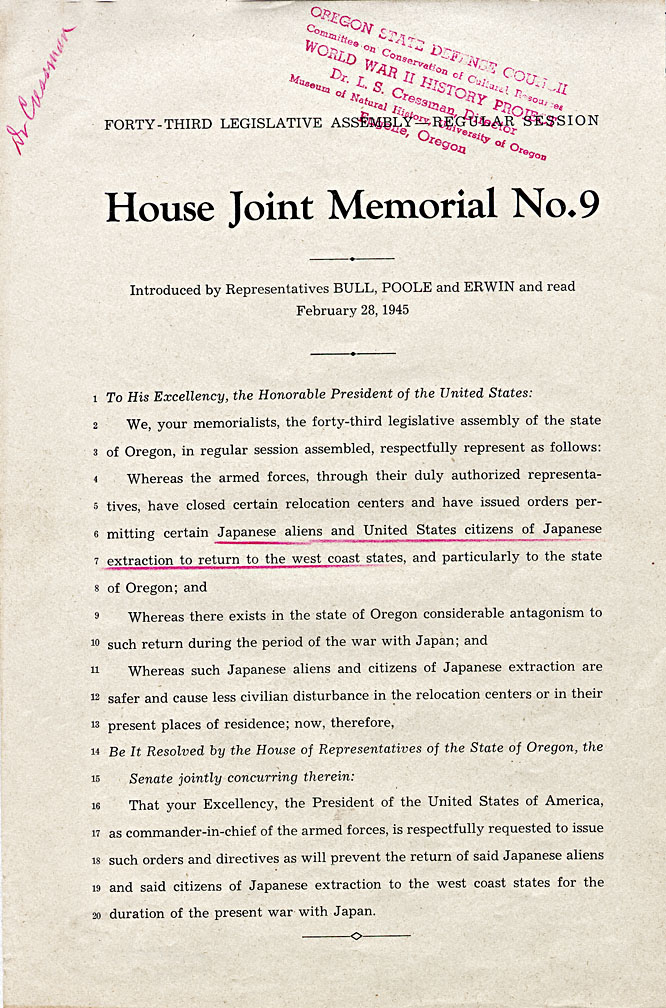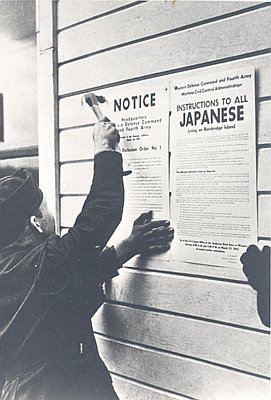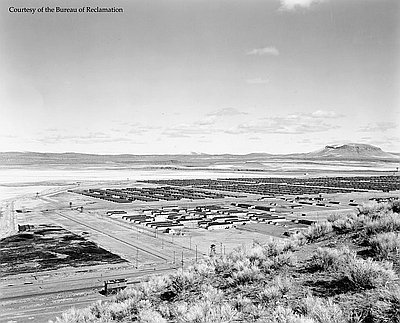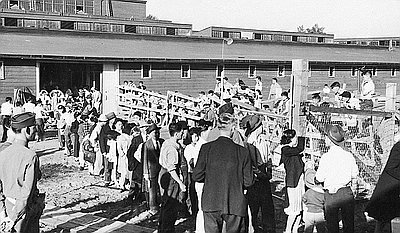Oregon State House representatives Vernon D. Bull (Dem., La Grande), Warren Erwin (Dem., Portland), and Rose M. Poole (Rep. Klamath) issued this joint memorial on February 28, 1945. The memorial represents an unsuccessful effort to prevent Japanese immigrants and Japanese Americans from returning to Oregon after being held in prison camps during World War II. At the time this memorial was submitted, the war between the United States and Japan had not yet ended, and anti-Japanese sentiment was high in Oregon and the nation.
Former Oregon governor Walter M. Pierce, together with members of the Grange, farmers, and the American Legion, wanted to prevent Japanese and Japanese American prisoners from returning to the state. In 1945, the legislature passed an amendment to Oregon’s 1923 Alien Land Law that prevented Japanese immigrants from owning land, leasing farmland, and living or working on farmland owned by Japanese Americans. The United States government did not allow Japanese immigrants to become citizens until 1952.
After the end of World War II, many of the four thousand Japanese and Japanese Americans forced to leave Oregon did not return. Those who did return often faced hostility, harassment, threats, vandalism, and violence. In Hood River, American Legion member Kent Shoemaker bought several full-page newspaper advertisements—one signed by fifteen hundred local residents—announcing that “Japs are not wanted in Hood River.”
Further Reading:
Azuma, Eiichiro. “A History of Oregon’s Issei, 1880-1952.” Oregon Historical Quarterly 94 (1993): 315-67.
Olmstead, Timothy. “Nikkei Internment: The Perspective of Two Oregon Weekly Newspapers.” Oregon Historical Quarterly 85, 1984: 5-32.
Written by Kathy Tucker,© Oregon Historical Society, 2002; revised 2021.



